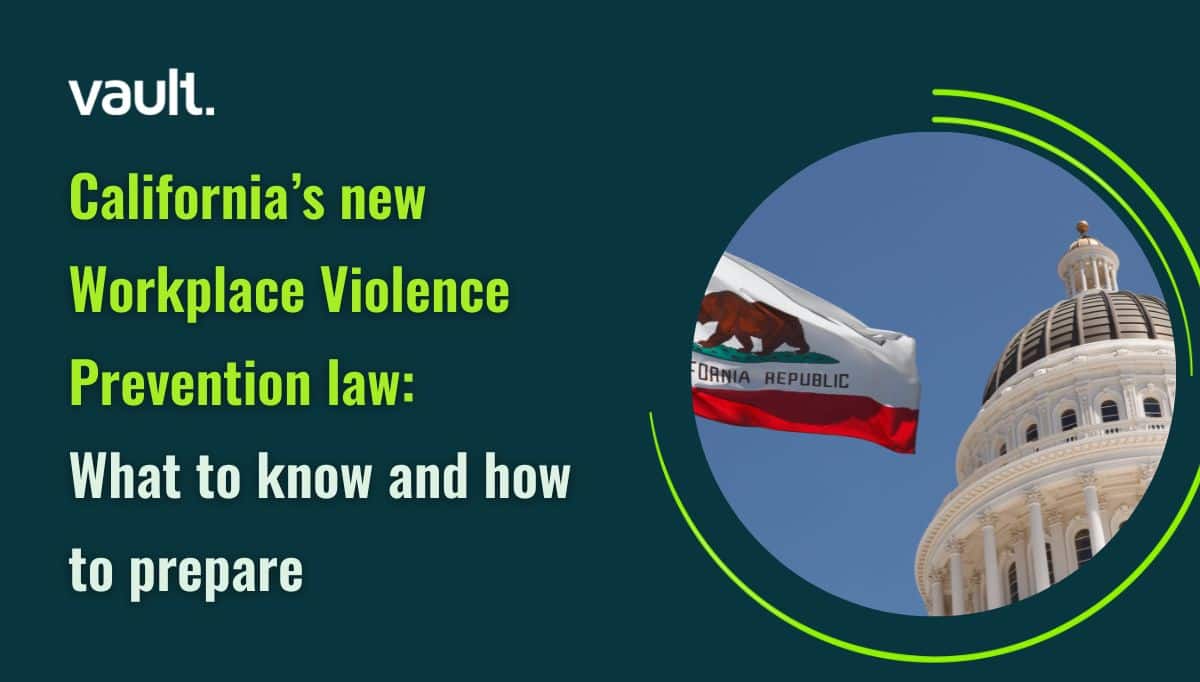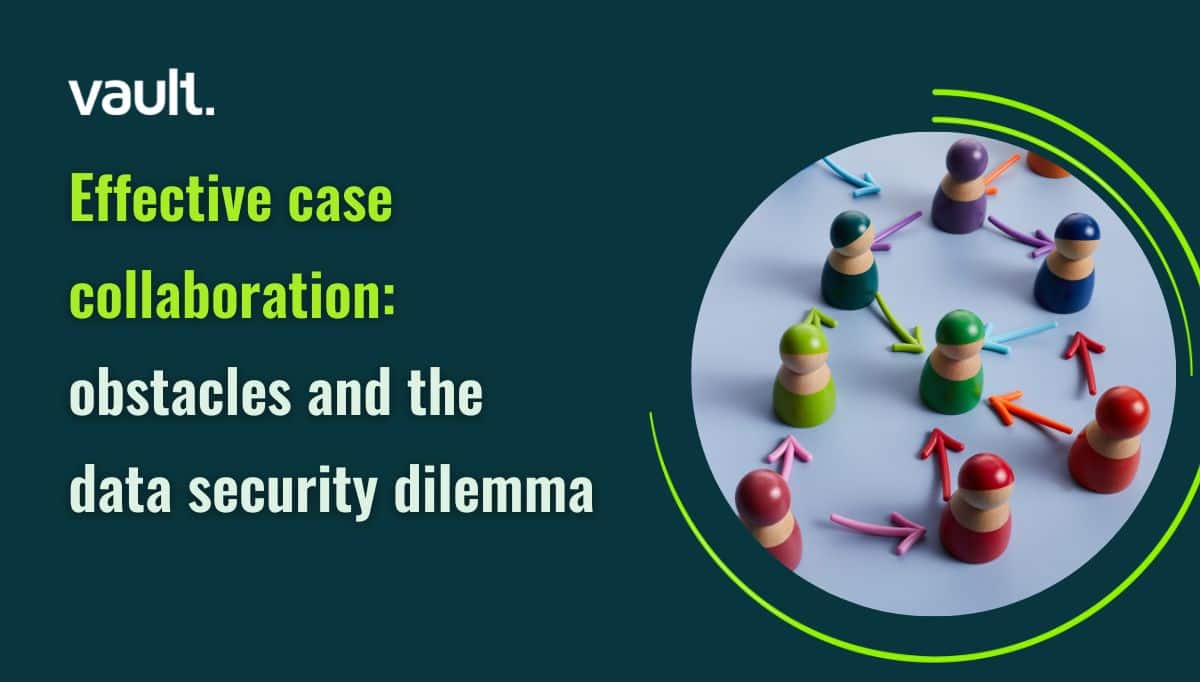Technically and technologically the mass migration to home working seems successful. Video conferencing and collaboration tools are booming and cloud-based business apps are showing their worth. The main challenges are cultural. They’re about rules, behaviors, and expectations. They’re about leadership, and there’s no better time for leaders to shine than in a crisis.
You only need to watch the news every day to see great and not so great examples of leadership. We won’t go into them here and you will certainly have your own opinions but generally what you see are successful leaders that inspire trust and build resilience and less successful ones that seemingly promote chaos and fear.
With a disparate workforce, your managers and leaders are going to have to accept one thing – that they can’t be present all the time and every employee in the business is going to make dozens of decisions every day when no one is watching. Knowing your employees can be trusted to do that is one thing. But do they feel trusted?
Strong leaders shine in a crisis
There’s a lot of uncertainty around at the moment. And in times of uncertainty trust is tested more than ever. Employees need reassurance and businesses need to survive. Trust is an essential element for both of these requirements.
While COVID-19 will undoubtedly have a lasting impact on the global economy, the crisis has offered up some unique opportunities for the modern workplace:
- To get your employees more connected to each other – even in isolation
- To reboot your ‘open-door policy’ to be a more meaningful experience
- To build trust with your employees and ensure everyone feels that they are heard
The ingredients of trust
Part one of this equation the better-prepared organizations will have already, while others are creating it on the fly: strategy.
Your strategy is only as good as you communicate it – something of a challenge in these times – but it should include the rules and structure for your new world of work. What tools will be used, what hours will be worked, people’s responsibilities, touchpoints, communication etiquette, what is going to keep driving the company forward during this uncertainty.
With a remote workforce, strategy can help your employees connect with each other to ensure everyone stays on mission.
The second part of the equation, culture, takes over where strategy leaves off. If strategy answers the questions that can be answered, culture steps in when no answer is available.
Importantly, culture will direct how people respond to an open-door policy that is now digital. If the tools and processes are in place to talk to HR or leadership digitally, it helps encourage people to take them up, or to surface new ideas.
Employees make hundreds of decisions on their own every day, and culture is our guide. It tells us what to do when leadership isn’t in the room, which is, of course, all the time right now. It tells us that if people feel comfortable speaking up at work, they will feel empowered and confident in the decisions they are making.



